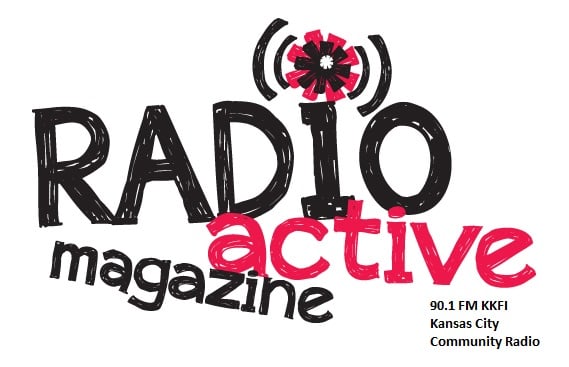Climate change is increasing the risks of floods in parts of the world that have not experienced them before, as documented in the Wikipedia article on “Climate change“. The Federal Emergency Management Agency (FEMA) of the US government provides a tool that can help concerned citizens learn about flood risks near any place in the US. For example, flood waters on Brush Creek in Kansas City have covered parts of Emanuel Cleaver Boulevard within the past few months. FEMA flood maps show that Gilham Road between 39th and Brush Creek could flood. With heavy rains or flash flood warning, you may want to avoid those areas.
Don Fitz and Barbara Chicherio describe their experiences living through a flood in University City, in St. Louis County, Missouri. They saw cars that had floated down the street in front of their home. Neighbors had pulled someone out of the water after hearing them yell, “Where’s the sidewalk?” Then they had to clean the mess from their home. They also discuss what they recommend people do to prepare for floods. They discuss these events with Radio Active Magazine hosts Cris Mann and Spencer Graves.
The US National Weather Service reported flooding as the second largest cause of deaths due to weather in the US with 146 people dying from floods in 2021 vs. 190 people dying from heat. Rip currents were third with 111 deaths. People in Missouri and Kansas won’t have to worry about rip currents except when visiting coastal areas. Cold and tornadoes were responsible for 106 and 104 deaths, respectively, in the US in 2021.
Floodwater can pose a drowning risk for everyone— regardless of their ability to swim. They also spread diseases and hazardous chemicals while increasing risks of accidents and injuries, according to the Centers for Disease Control and Prevention (CDC). People have waded or driven vehicles across shallow rivers or streams for millenia, but flood waters are dangerous and unpredictable. The CDC recommends avoiding driving in flooded areas. Turn around, find a different route.
FEMA’s National Flood Insurance Program says, “No matter where you live or work, some risk of flooding exists.” They provide tools to help you evaluate your risk and act to reduce your likelihood of substantial problems.
To learn about flood risks in a particular area of the US, go to “msc.fema.gov/portal/search“, then enter a street address or longitude and latitude. Searching like this for “3901 Main St., Kansas City, Missouri” recently produced a map; however the likely flood areas were not marked until a few minutes later. (One test produced a note saying, “Users may experience slow performance … . FEMA is working to resolve the issue.“)



